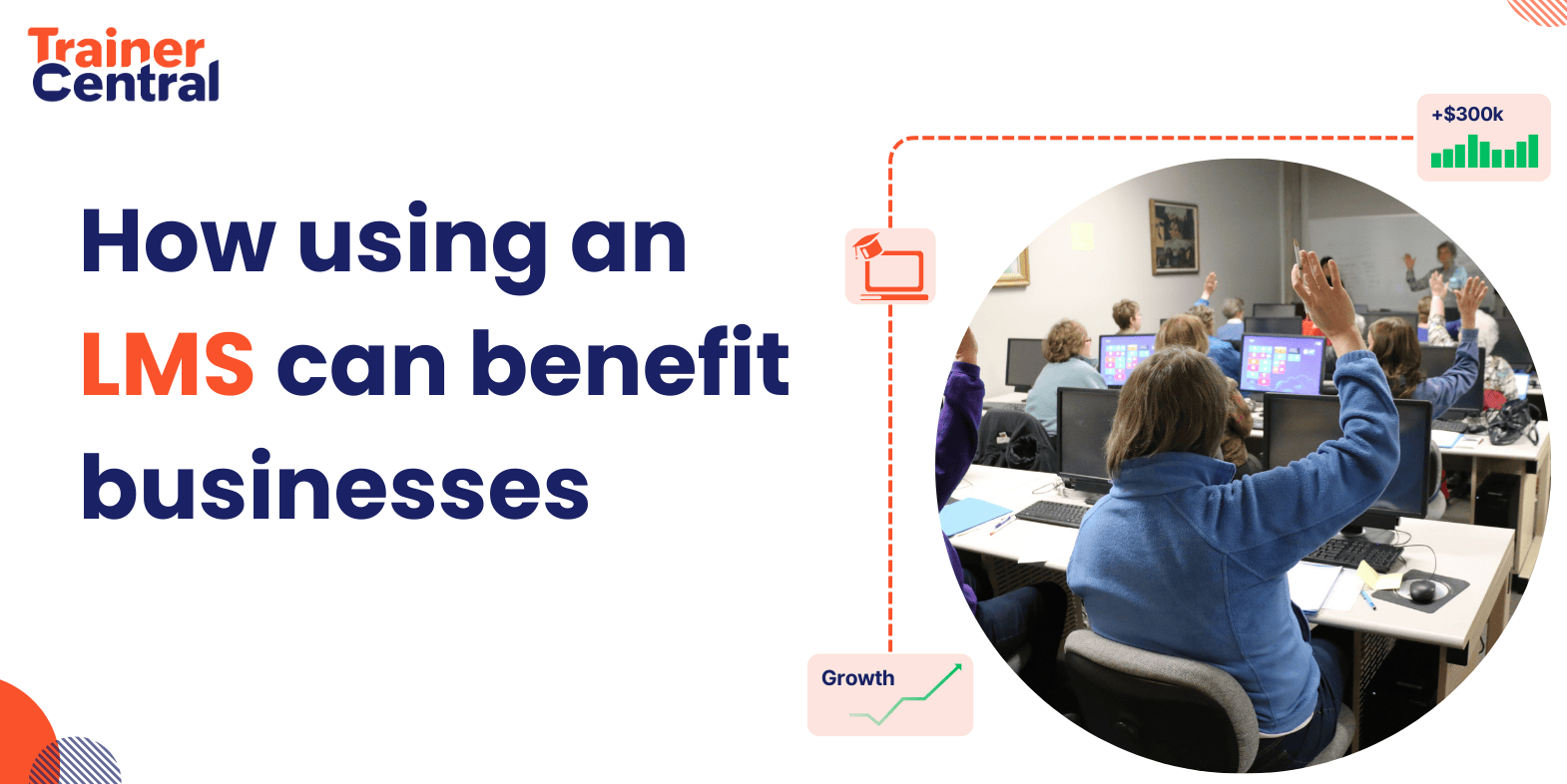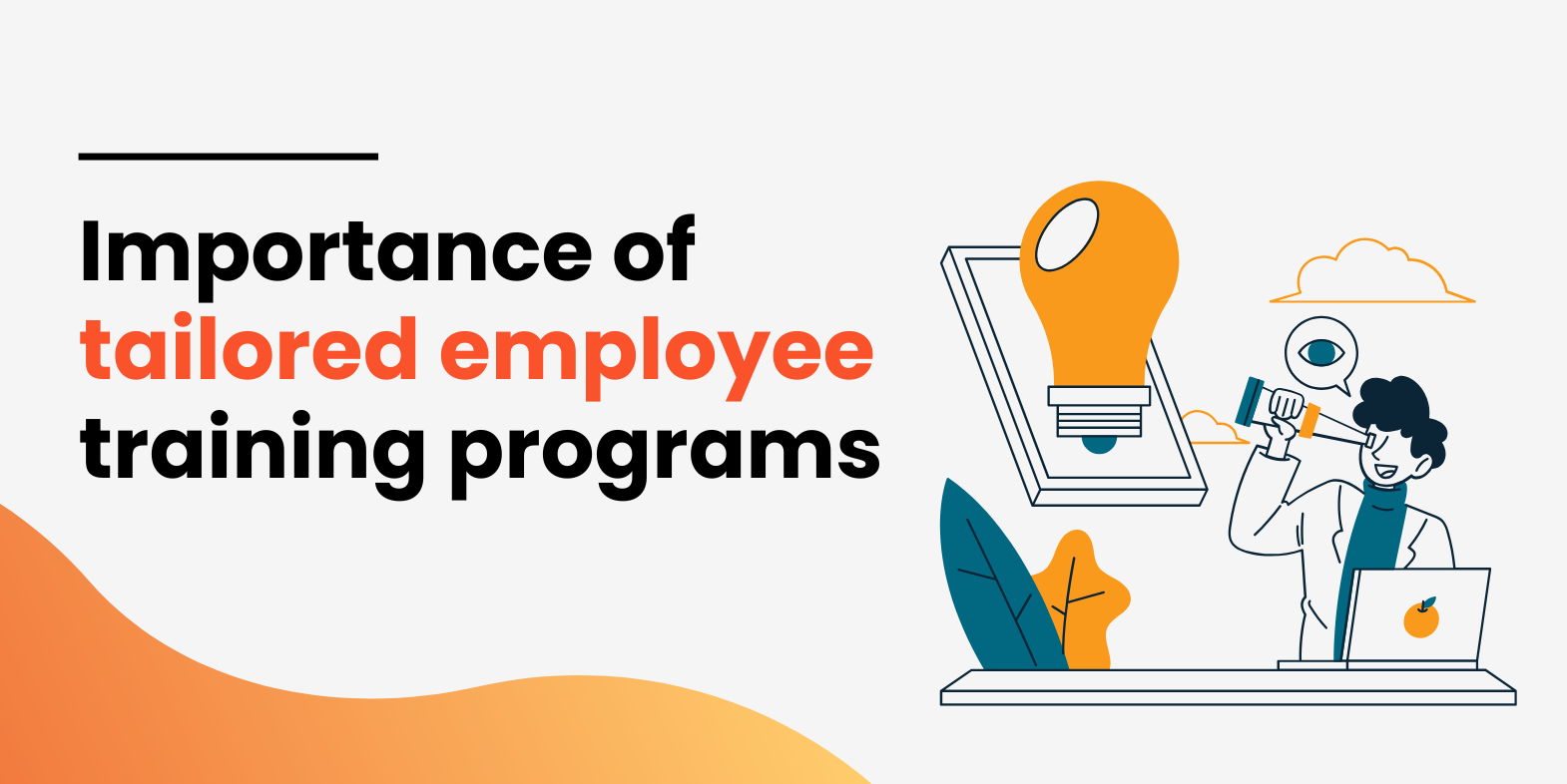- HOME
- E-Learning trends
- Creating effective learning content for a distracted generation
Creating effective learning content for a distracted generation
- Last Updated : September 30, 2024
- 142 Views
- 7 Min Read

With the rise of short-form content, human attention spans have drastically reduced. According to one study, the average attention span of an individual watching a video in 2023 is just 43 seconds, compared to 2.5 minutes in 2004.
Platforms like TikTok, YouTube Shorts, and Instagram Reels offer short videos, and nowadays, people struggle to engage in activities that don't provide instant gratification. This phenomenon is often referred to as TikTok Brain.
While this is an alarming trend, the effect of reduced attention spans, especially among children, is not the focus of this article.
In this article, we'll address how to acknowledge this reality of shrinking attention spans and discuss how to create educational content or courses that can be easily consumed, understood, and remembered by a generation that finds long-form content overwhelming.
What is microlearning?
Microlearning involves breaking complex concepts into small, bite-sized modules that can be consumed in three to five minutes. Some might question whether applying the same short-form content that reduces attention spans is appropriate for educational purposes.
Yes, attention spans have decreased because of this trend. However, education must evolve to meet contemporary human needs. If short-form content is how we consume information today, adapting educational methods to align with this can yield the best results
The history of microlearning
The concept of microlearning is derived from Hermann Ebbinghaus's forgetting curve, which suggests that when people consume large amounts of information, retention degrades over time. Within a month, people forget 75% of what they've learned. However, when the learned concept is reviewed or revised too frequently, the rate of forgetting decreases, and the learner's memory improves.
To leverage this, microlearning was developed so that learners can easily revisit study materials frequently. For example, if a course presents a concept in three to five minutes, learners can revisit it for just five minutes to enhance their memory and grasp the concept more efficiently.
The benefits of microlearning
Here are some of the benefits that microlearning offers to learners.
Flexible learning
Bite-sized course content gives learners the flexibility to learn on demand and at their own pace. People learning new skills often do so part-time, or after work or study hours. Breaking down complex concepts into bite-sized content helps them learn progressively, using their limited time efficiently.
Improved retention
According to Ebbinghaus's forgetting curve, learners forget most of what they learn within a month. With bite-sized content, learners can spend just five to 10 minutes regularly reviewing material, making the concepts harder to forget and improving retention.
Better engagement
When learners tackle complex concepts or skills, offering them eight to 10 short videos that are each three to five minutes long helps them visualize their learning path. Knowing that by spending time on these videos, they can master the concept or skill and gives them a clear view of the journey, increasing their engagement with the course content.
Challenges in microlearning
While there are many benefits to microlearning, some challenges exist as well.
It can be difficult to break down complex concepts
Complex concepts that require hours of lecture time can be difficult to break down. It may even disrupt the flow of learning. However, with proper planning, bite-sized content can be created even for intricate topics.
It sometimes requires assistance
When implementing microlearning for mundane or tedious courses, such as employee onboarding or safety training, it can be difficult to break down large concepts like safety protocols or employee benefits documents. Preparing these materials requires additional effort and assistance, taking more time to develop the course.
7 steps to implement microlearning in your online course
Follow these steps to implement microlearning into your online course.
Step 1: Define clear learning objectives.
It's important to understand the course topic's learning objectives before breaking down your course content. Some concepts or topics may require less time than others, while certain topics may need pre-requisite knowledge for learners to fully understand them. Plan your learning objectives carefully and sequence your topics in a logical order.
For example, if you're teaching an online guitar course, the topic "Basic Open Chords" should be taught before moving on to "Strumming and Rhythm." This can then be followed by "Chord Transitions" and "Barre Chords." If a learner skips a topic, they may struggle to grasp the next one.
Once your chapters and lessons are planned, provide a clear guide or some form of information at the start of each chapter that lets learners know what they'll be learning. Stating the topic's objective will keep them motivated and engaged throughout the course.
One pro tip is to incorporate a method for learners to measure their progress. For example, in fitness training, trainers typically assess your strength, endurance, and flexibility before starting, then guide you through workouts for a set period. After the training period, the test is repeated to show progress in a visible way.
Implementing something like this, where learners can track their progress, will keep them motivated throughout the course.
Step 2: Break the course content into micro-lesson.
Once the topics are arranged sequentially, it's time to break them into consumable-sized chunks. For example, you can structure a topic as a chapter and break it down into lessons within that chapter. Plan the lessons to be completed in three to 10 minutes, depending on the complexity of the topic.
An important point to note is that the lessons shouldn't feel incomplete. You might plan to complete a basic lesson in four minutes, but it could sometimes take longer. It's better to go slightly beyond the time cap (within reason) than to force the lesson into a strict limit and end up with a half-cooked one.
For example, in a public speaking course, let's say there's a chapter called "Overcoming the Fear of Public Speaking." Under this chapter, we could have lessons like "Identifying Your Fears," which covers common public speaking fears such as stage fright and fear of judgment.
The next lesson could be "Mindset Shifts," focusing on how to adjust your mindset to overcome nervousness. Finally, a lesson on relaxation and breathing techniques could round out the chapter.
As you can see, the chapter is broken into smaller lessons, and each lesson is complete with its own goals. Once all lessons are finished, the chapter's objective—overcoming the fear of public speaking—is achieved.
This approach can be used to break down any complex topic into manageable content.
Step 3: Use multimedia-rich course content.
Multimedia course content, in addition to keeping lessons short, keeps your learners engaged throughout the course. In fact, retention rates for visual information are around 80%, whereas non-visual retention rates rarely exceed 50%.
Some multimedia formats that can be implemented for microlearning are:
Text: You can add hints, short passages, or other small text-based materials to your lessons.
Images: Illustrations, pictures, or infographics can communicate a lot of information.
Videos: Video materials convey concepts efficiently in a short time, making them the most popular format used in on-demand learning.
Audio: Similar to visuals, you can use audio recordings of lessons, which learners can even listen to while multitasking.
Step 4: Implement drip scheduling.
The major concern when splitting complex topics into four or five micro-lessons is whether learners will actually spend time learning, revisiting, and revising each lesson before moving on to the next one. As we saw with Hermann Ebbinghaus's forgetting curve, only when a topic is reviewed frequently does it stay in memory.
To address this, you can use drip scheduling to release subsequent lessons on specific days. Using the public speaking course example again, if you think the lesson "Identifying Your Fears" takes three days to master, you could schedule the next lesson, "Mindset Shifts," to be unlocked on day four.
This way, you can reasonably expect that students will spend at least three days mastering the lesson. You can conduct a quiz to assess their understanding of the lesson and set a minimum passing grade. Only if they achieve the required grade can they proceed to the next lesson.
Several online course platforms, like TrainerCentral, offer compliance features such as drip scheduling and course mandates, helping you prepare micro-lessons efficiently.
Step 5: Evaluate learners through assessments and assignments.
As we talked about in the previous step, you can evaluate your learners by conducting assessments or providing assignments where they write an article or prepare a presentation based on what they've learned. This helps them apply their knowledge in real-world scenarios.
A quick tip for conducting assessments and assignments: If a topic is split into five micro-lessons, you can add an assignment at the end of the chapter. This will reinforce what they've learned so far and help them become adept in the concept.
Include an assignment with key questions on the topic and ask them to share their own opinion. This will not only deepen their understanding of the topic but also encourage analytical thinking by considering scenarios where the concept could be applied effectively. Quizzes can also be made mandatory with a minimum passing grade.
Step 6: Ensure accessibility.
Once you've successfully created your micro-lessons, the next important step is to make them easily accessible. Because these lessons can be completed within 10 minutes, the courses must be convenient and easy to access.
Implementing mobile learning for microlearning is an effective way to ensure this accessibility. It doesn't make sense for learners to open their laptops or computers just to access 10 minutes of content.
Providing these lessons on mobile devices allows learners to engage with the material anytime—whether they're traveling or even multitasking.
Check out how you can implement mobile learning for your online course
Step 7: Monitor and refine.
If you're new to implementing microlearning in your online course, it may take some time to perfect it. Teaching in general isn't a one-time effort. It's always advisable to collect feedback from your learners to refine your teaching methods.
It's equally important to update your course materials to stay current with trends. For example, if you're using case studies or examples, ensure they're relevant to your audience. You can analyze key metrics, such as course completion rates, to identify where students drop out. This will help you pinpoint the root cause and make necessary refinements.
Wrapping up
Microlearning is an effective way to help learners grasp complex concepts efficiently. It's important to implement it in a way that ensures lessons are sequenced properly, knowledge is evaluated, feedback is collected, and refinements are made proactively.


